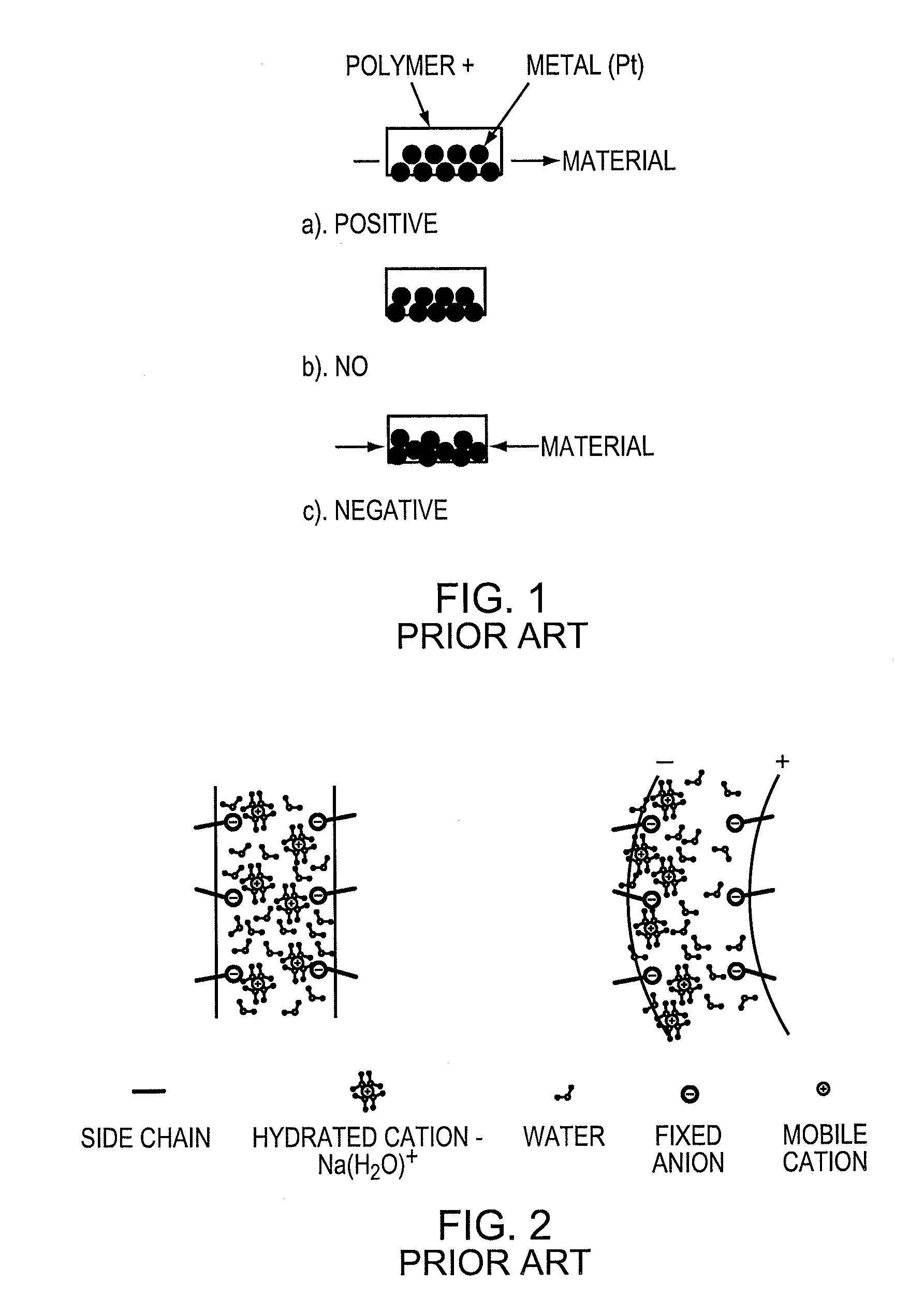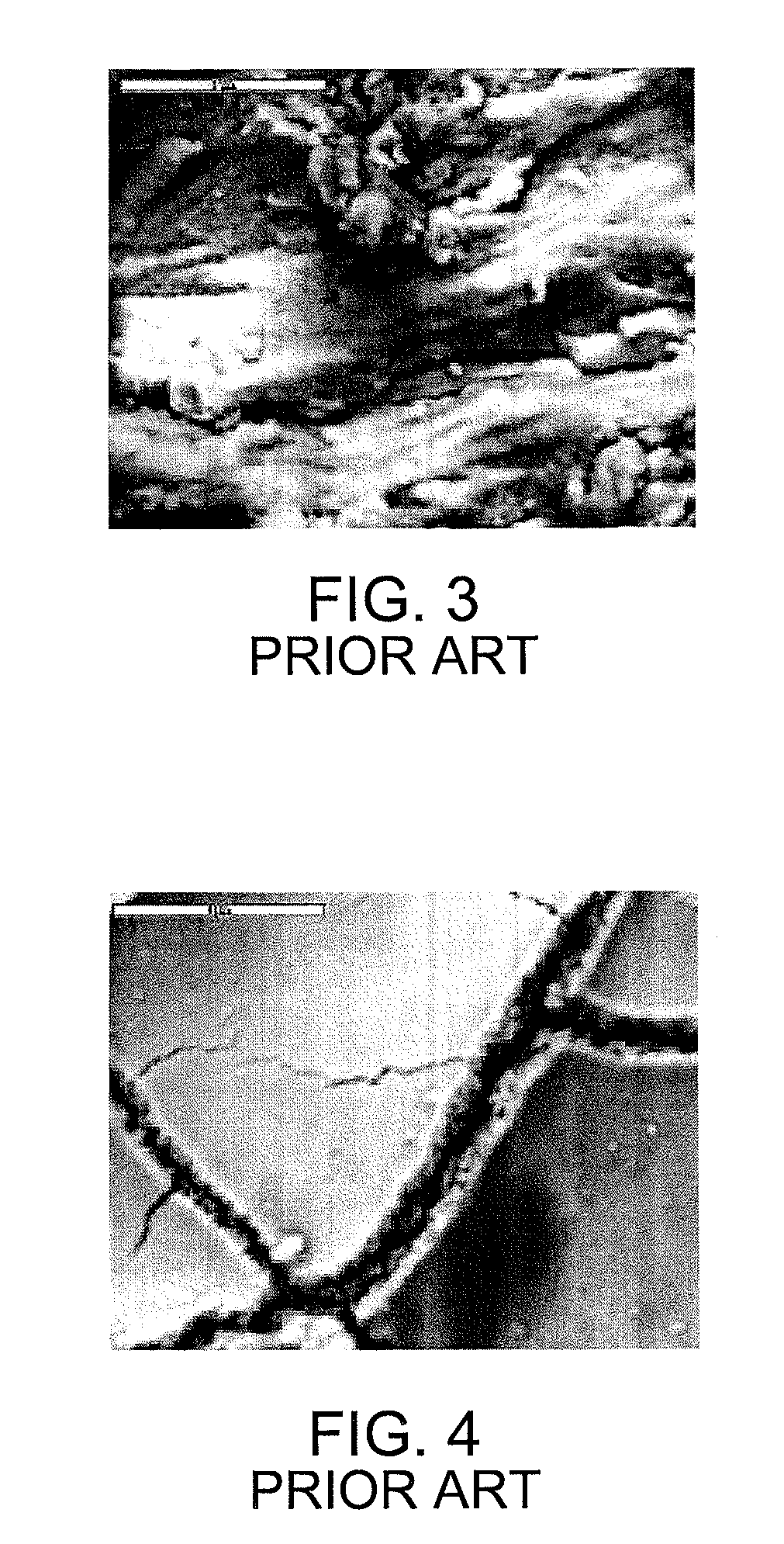Dynamic roughness for aerodynamic applications
a technology of aerodynamics and roughness, applied in the field of aerodynamic control applications, can solve the problems of reducing aerodynamic performance in flow regimes, generating temporary static roughness distributions, and observing the effects of flow control methods and systems,
- Summary
- Abstract
- Description
- Claims
- Application Information
AI Technical Summary
Problems solved by technology
Method used
Image
Examples
examples
[0054]Experiments to evaluate the effectiveness of dynamic roughness as a control authority technique have been completed. Two different polymer candidates were evaluated and a series of baseline wind tunnel tests were performed. In one embodiment, a shape memory polymer was tested to determine its performance characteristics, including a quantification of the scale, type, and activation time of various perturbations. An example of a roughness pattern generated in the polymer was applied to a typical airfoil and tested. It was found that the applied roughness was not optimized for the boundary layer.
[0055]The ubiquity of wall bounded flows in aircraft aerodynamics makes them an attractive area for research. Turbulent boundary layers, in particular, are a main focus in practical viscous flow applications. The behavior and characteristics of a turbulent boundary layer often have enormous effects on the global flow around the body. This is especially apparent on lifting surfaces where ...
PUM
 Login to View More
Login to View More Abstract
Description
Claims
Application Information
 Login to View More
Login to View More - R&D
- Intellectual Property
- Life Sciences
- Materials
- Tech Scout
- Unparalleled Data Quality
- Higher Quality Content
- 60% Fewer Hallucinations
Browse by: Latest US Patents, China's latest patents, Technical Efficacy Thesaurus, Application Domain, Technology Topic, Popular Technical Reports.
© 2025 PatSnap. All rights reserved.Legal|Privacy policy|Modern Slavery Act Transparency Statement|Sitemap|About US| Contact US: help@patsnap.com



